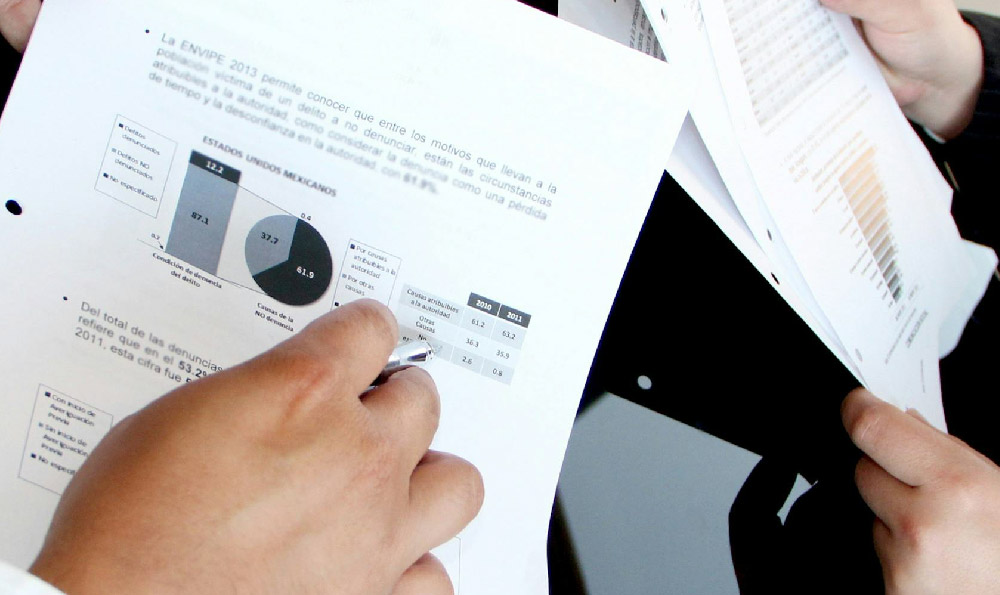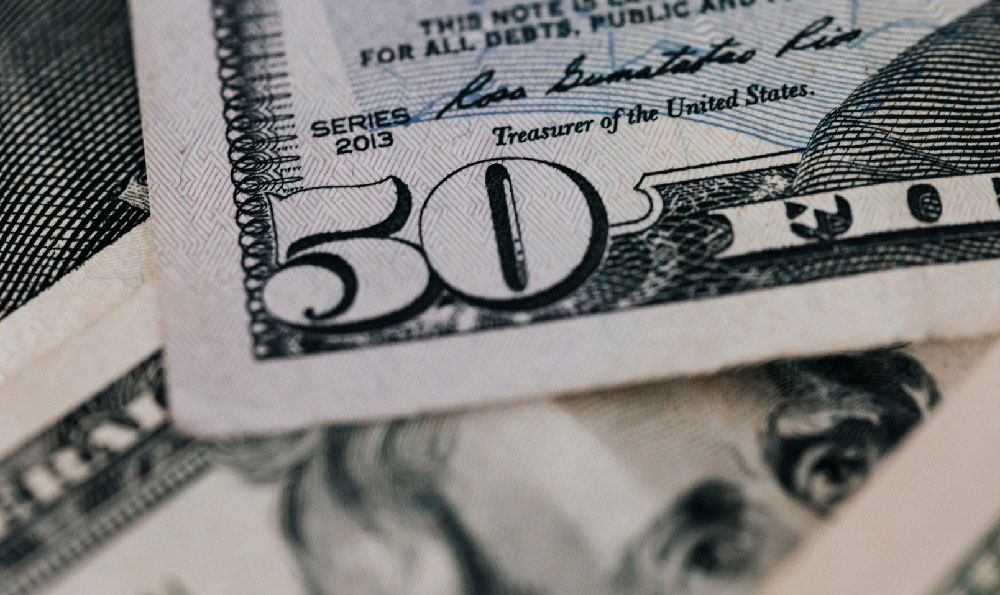Car dealerships, seemingly ubiquitous in modern society, represent a significant pillar of the automotive industry. While the primary perception is that their profit originates solely from the sale of vehicles, the reality is far more nuanced and diversified. Understanding the intricate web of revenue streams that sustain these businesses unveils a comprehensive picture of their financial model.
The most obvious, and perhaps the most scrutinized, source of revenue for car dealerships is the new vehicle sales. However, the profit margin on new cars is often surprisingly slim. Dealerships operate on a "volume" model, relying on selling a large quantity of vehicles to achieve profitability. Manufacturers set a Manufacturer's Suggested Retail Price (MSRP), but dealerships have some flexibility to negotiate prices. The actual profit for the dealership comes from the difference between the MSRP (or a negotiated price) and the dealer invoice price – the price the dealership pays the manufacturer for the vehicle. This margin is often quite tight, especially on popular models where competition among dealerships is fierce. Dealer holdback, an amount paid by the manufacturer to the dealership after the sale of a new vehicle, based on a percentage of the MSRP or invoice price, further supplements the profit. This hidden incentive encourages dealerships to meet sales targets and maintain customer satisfaction.
Used car sales represent another significant revenue stream, often carrying higher profit margins than new cars. Dealerships acquire used vehicles through trade-ins, auctions, and direct purchases. The value of the used vehicle is determined by factors such as its age, mileage, condition, and market demand. The dealership then reconditions the vehicle – making repairs, cleaning it, and ensuring it meets safety standards – before putting it up for sale. The profit margin on used cars is typically higher because dealerships have more control over the pricing and reconditioning costs. Savvy dealerships can identify undervalued vehicles, perform cost-effective repairs, and market them effectively to maximize their profits. The difference between the acquisition cost, reconditioning expenses, and the sale price contributes significantly to the dealership's overall bottom line.

Beyond the sale of vehicles, dealerships generate substantial revenue from their service and parts departments. These departments provide maintenance, repairs, and replacement parts for vehicles. Services such as oil changes, tire rotations, brake repairs, and engine diagnostics are essential for vehicle maintenance, creating a steady stream of customers and revenue. The profit margins on service and parts are generally higher than those on new car sales, making these departments crucial for the dealership's financial health. Dealerships often encourage customers to bring their vehicles in for regular maintenance by offering service packages and loyalty programs. Furthermore, dealerships typically stock a wide range of parts, from common replacement items to specialized components, catering to the diverse needs of their customers. The mark-up on parts can be significant, contributing further to the profitability of this department.
Finance and Insurance (F&I) is another critical profit center for car dealerships. When a customer purchases a vehicle, the dealership offers various financing options and insurance products. This can include auto loans, extended warranties, gap insurance (which covers the difference between the vehicle's value and the amount owed on the loan if the vehicle is totaled), and other protection plans. Dealerships earn commissions on the sale of these financial products. While these products can provide valuable protection for customers, they also represent a significant profit opportunity for the dealership. The interest rate on the auto loan, the premium on the insurance policy, and the cost of the extended warranty all contribute to the dealership's revenue. The F&I department is often staffed with specialists who are trained to present these products effectively and close the sale.
Finally, car dealerships also generate revenue from other ancillary services, such as detailing, paint protection, and window tinting. These services are often offered as add-ons to the vehicle purchase and can contribute to the overall profit margin. Furthermore, some dealerships operate collision centers, providing repair services for vehicles that have been involved in accidents. These centers generate revenue from insurance claims and direct customer payments.
In summary, the money that fuels car dealership profits comes from a diversified portfolio of revenue streams. While new car sales are a fundamental component, dealerships rely on used car sales, service and parts, finance and insurance, and other ancillary services to maximize their profitability. Understanding the intricate interplay of these revenue sources provides a comprehensive perspective on the financial dynamics of the automotive retail industry. Dealerships that effectively manage all aspects of their business are well-positioned to thrive in a competitive market and achieve long-term financial success. The relative contribution of each stream can vary significantly depending on the dealership’s size, location, and business strategy. Ultimately, the successful car dealership masters the art of maximizing profit across all its departments, providing value to customers while generating a healthy return on investment.












